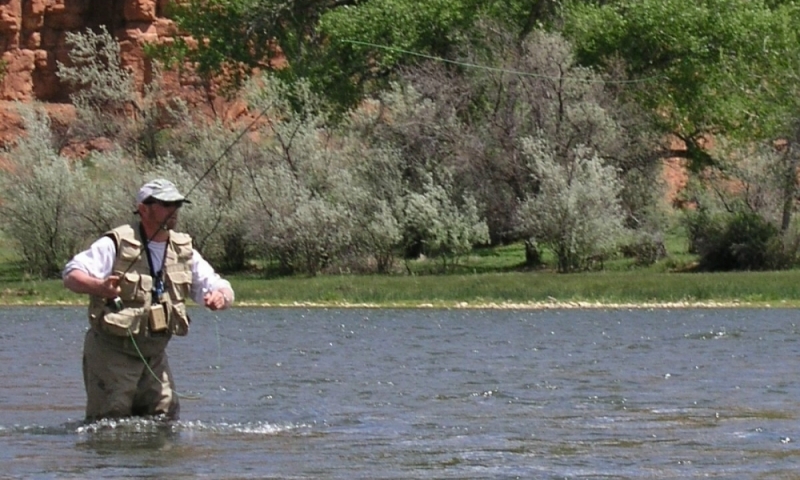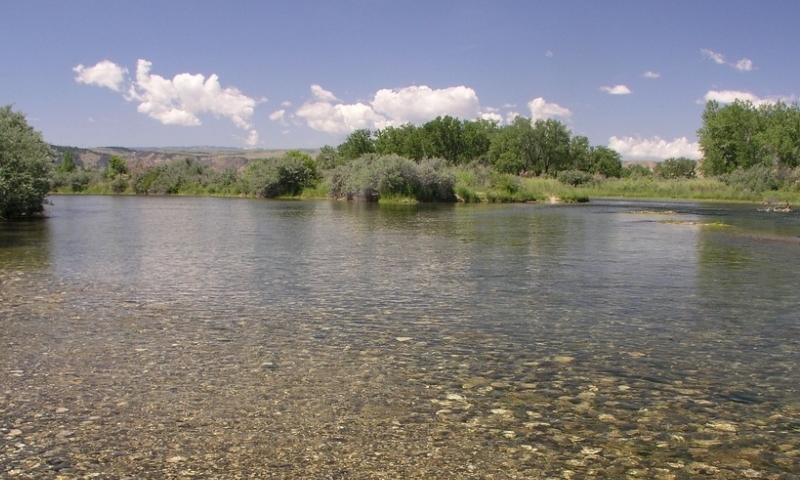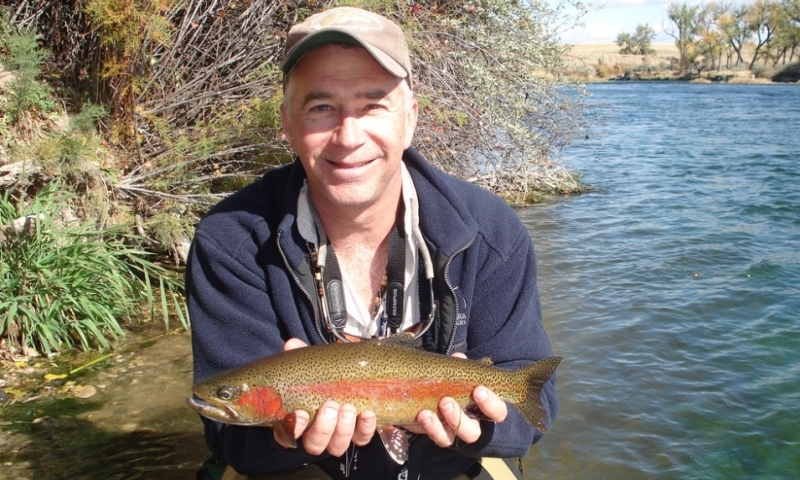- Midge hatches in early Spring create excellent fly fishing opportunities but July is the best time to fish the Bighorn River, and in August, during caddis hatches.
- Wading and floating are popular ways to fish the Bighorn River with its riffles, weed beds, and deep holes, along with shore fishing.
Overview
Bighorn River is a 461-mile tributary of the Yellowstone River originating near Wyoming’s Owl Creek Mountains and flowing to Montana’s border where it courses 112 miles to the Bighorn Mountains, and empties into the Bighorn Reservoir formed by the Yellowtail Dam. Offering a high density of rainbow and brown trophy trout, Bighorn River Fly Fishing is where anglers want to be.
Type of Waterway
Wading and floating are popular ways to fish the Big Horn River with its riffles, weed beds, and deep holes, along with shore fishing.
Fishing Seasons
The Bighorn is fishable year-round, offering a variety of fishing access points.
Midge hatches in early Spring create excellent fly fishing opportunities but July is the best time to fish, and in August during caddis hatches.
Anglers who are new to the Bighorn River area should consider hiring one of the local, experienced guides and outfitters listed here who can take you to the best spots and offer advice if needed on technique or equipment.
Most Common Fish Species
- Rainbow Trout
- Brown Trout
- Mountain Whitefish
- Catfish
Directions
The Bighorn flows along US Hwy 313 to Yellowtail Dam.






